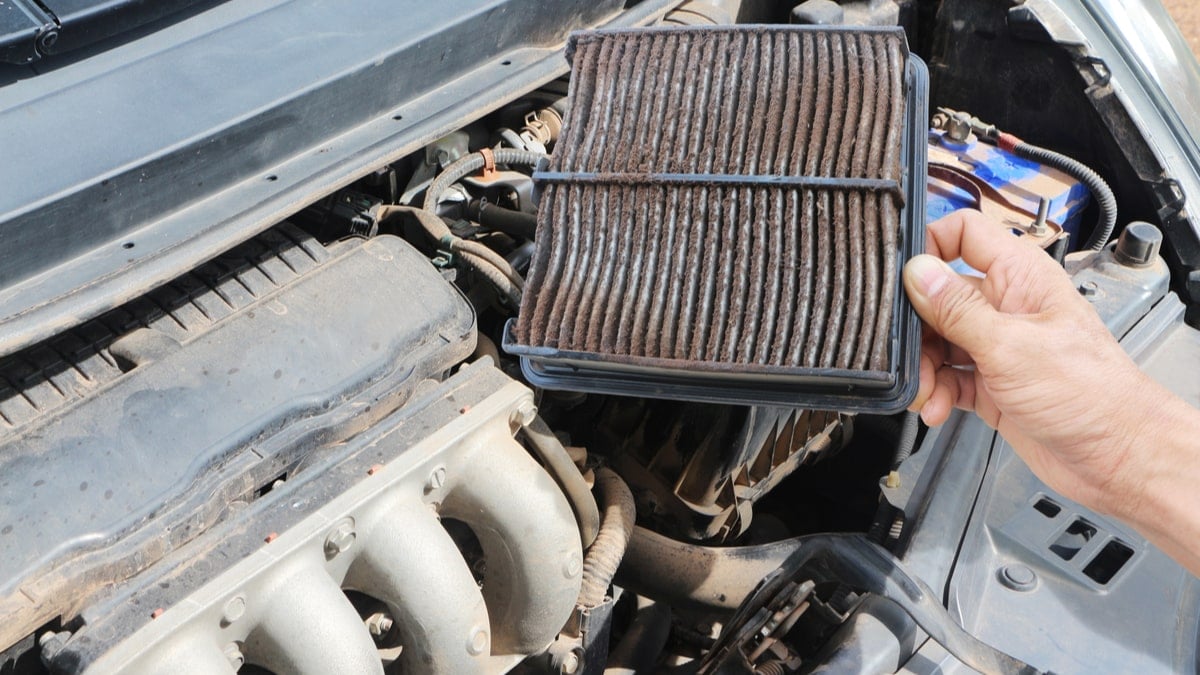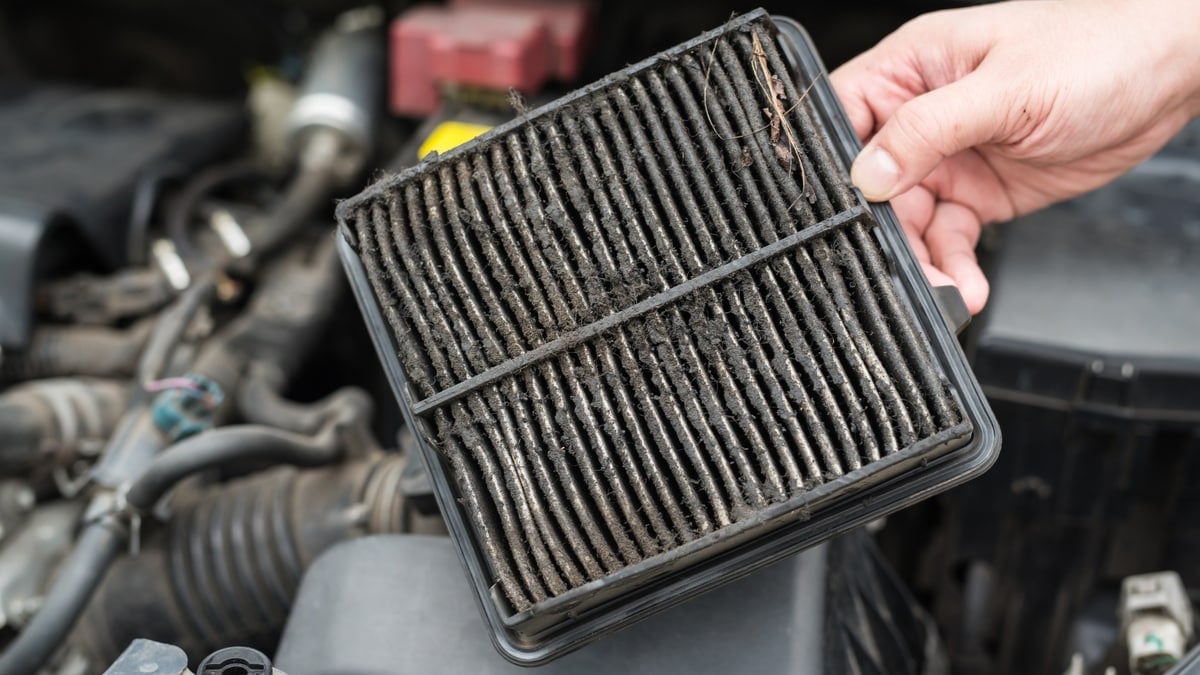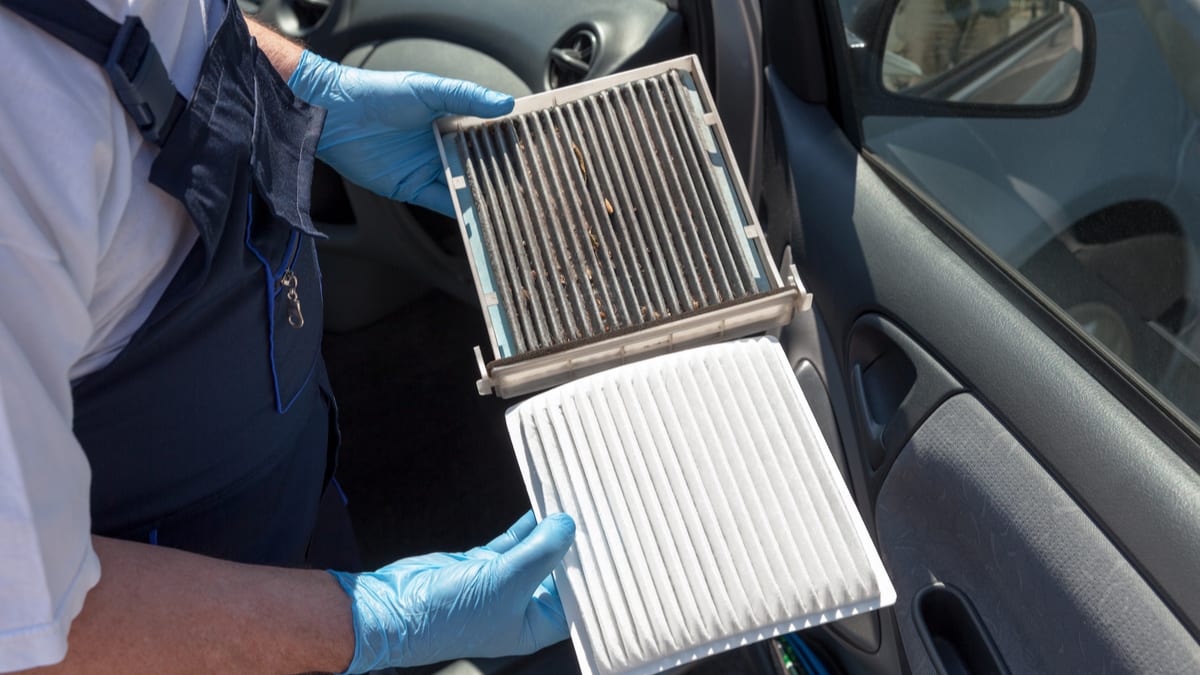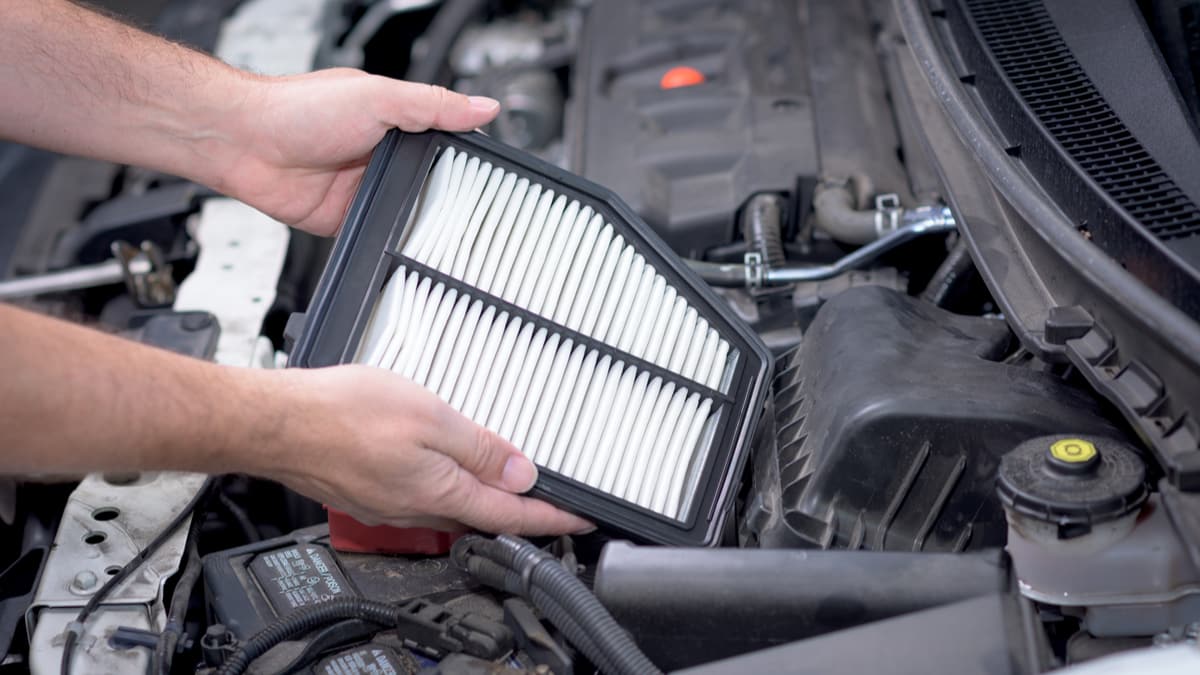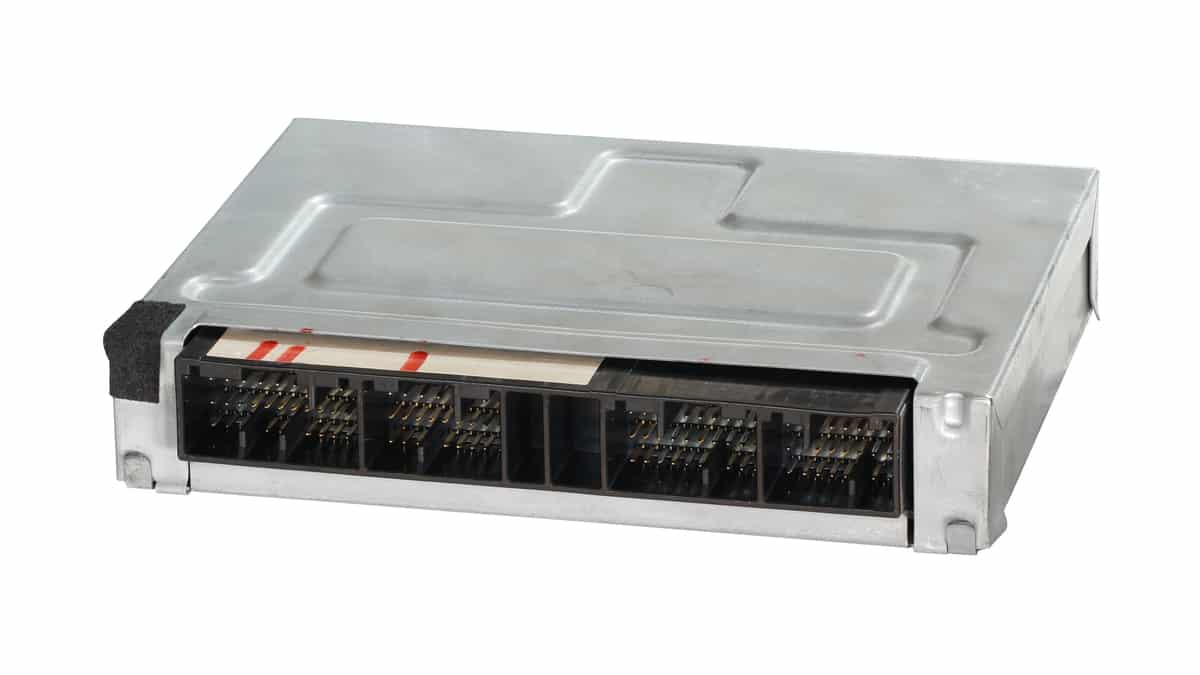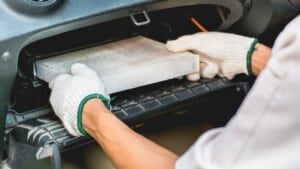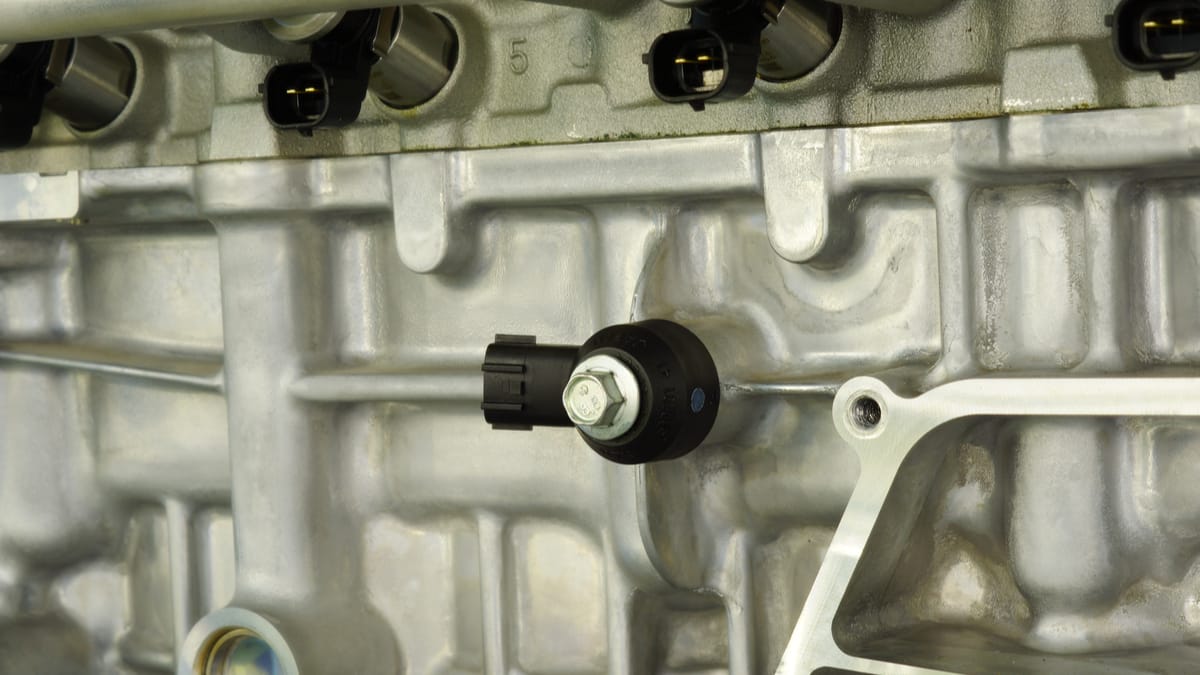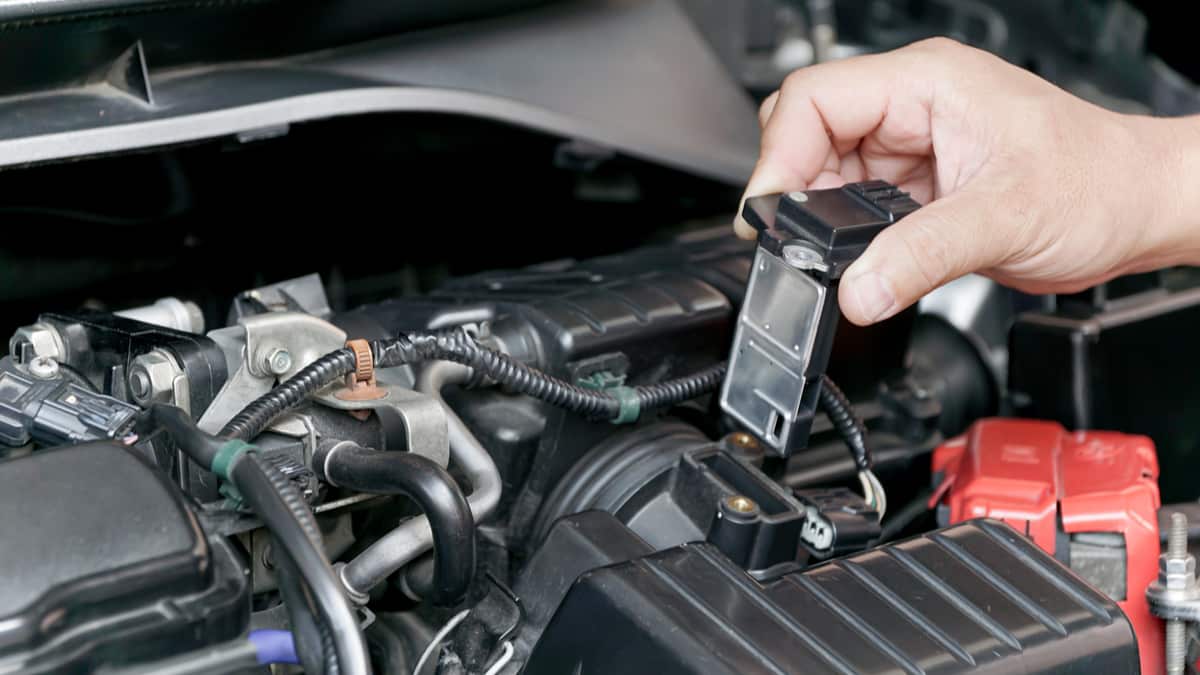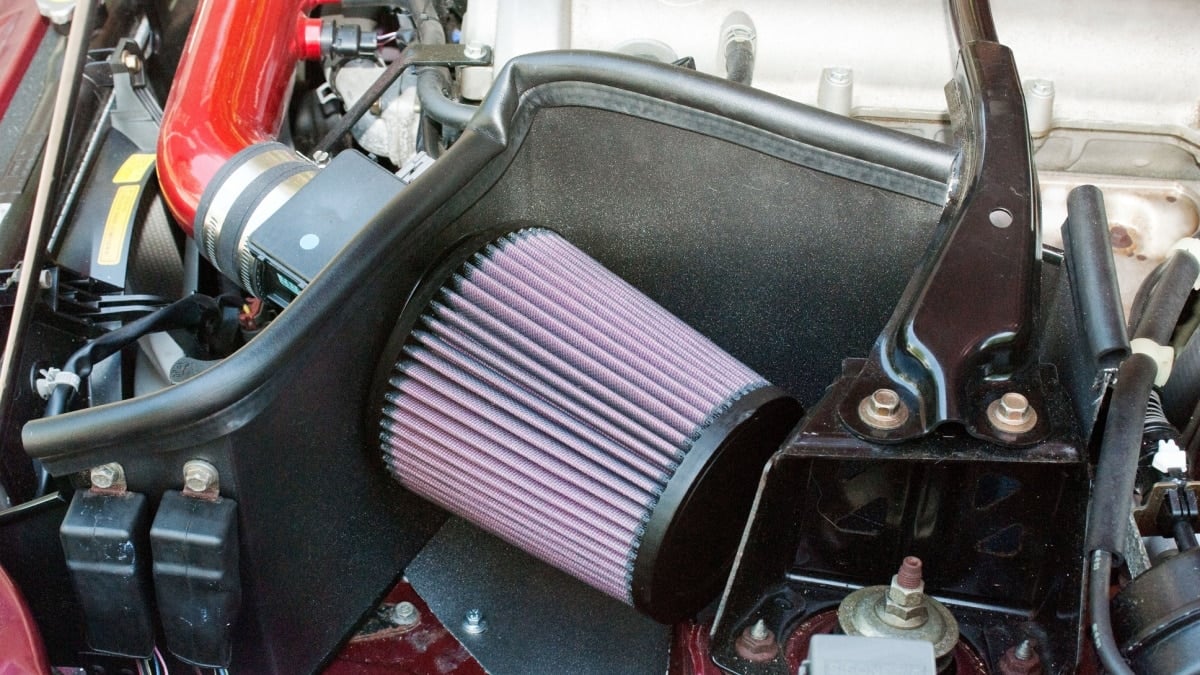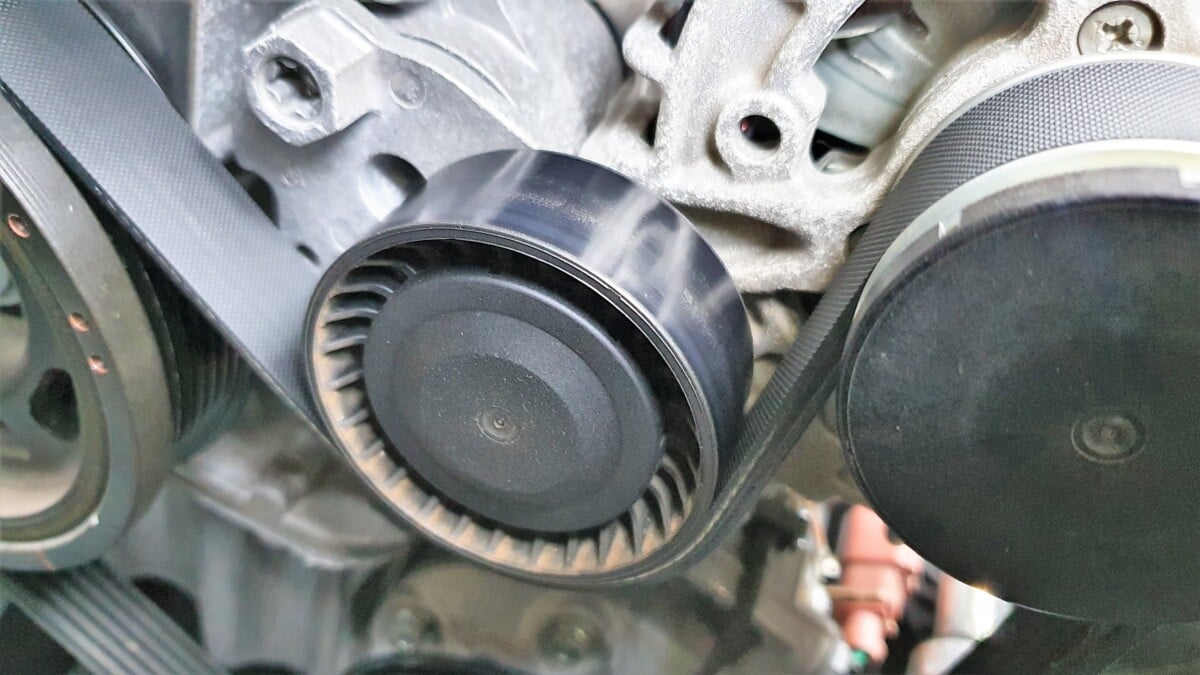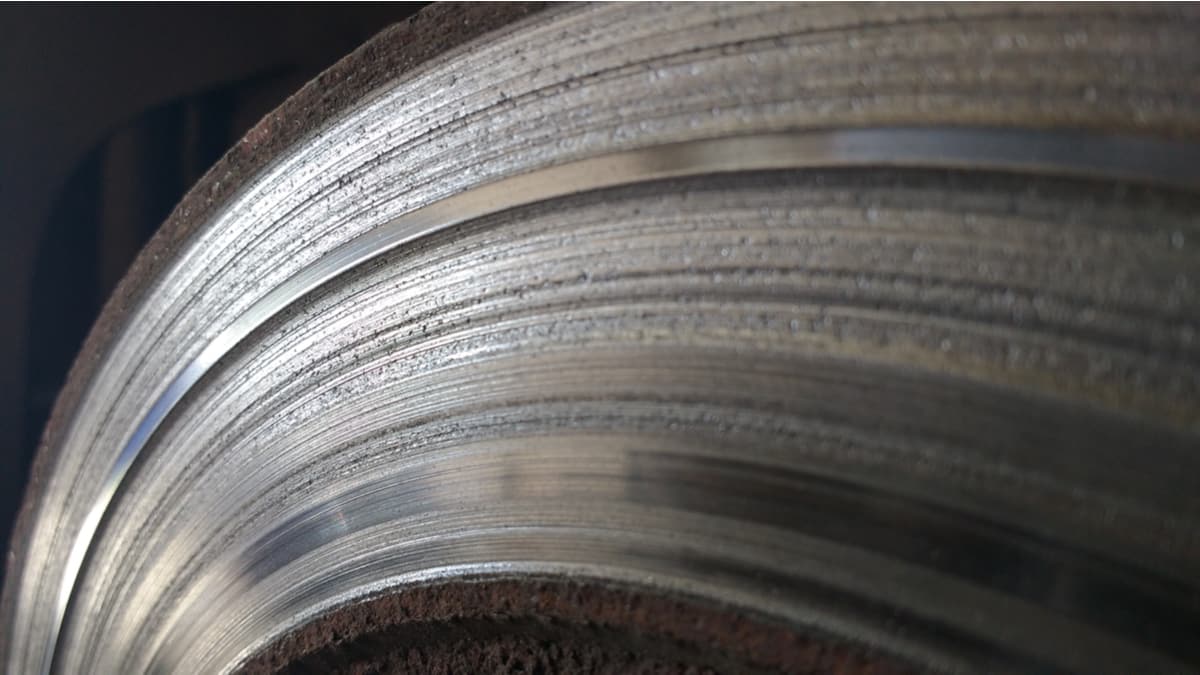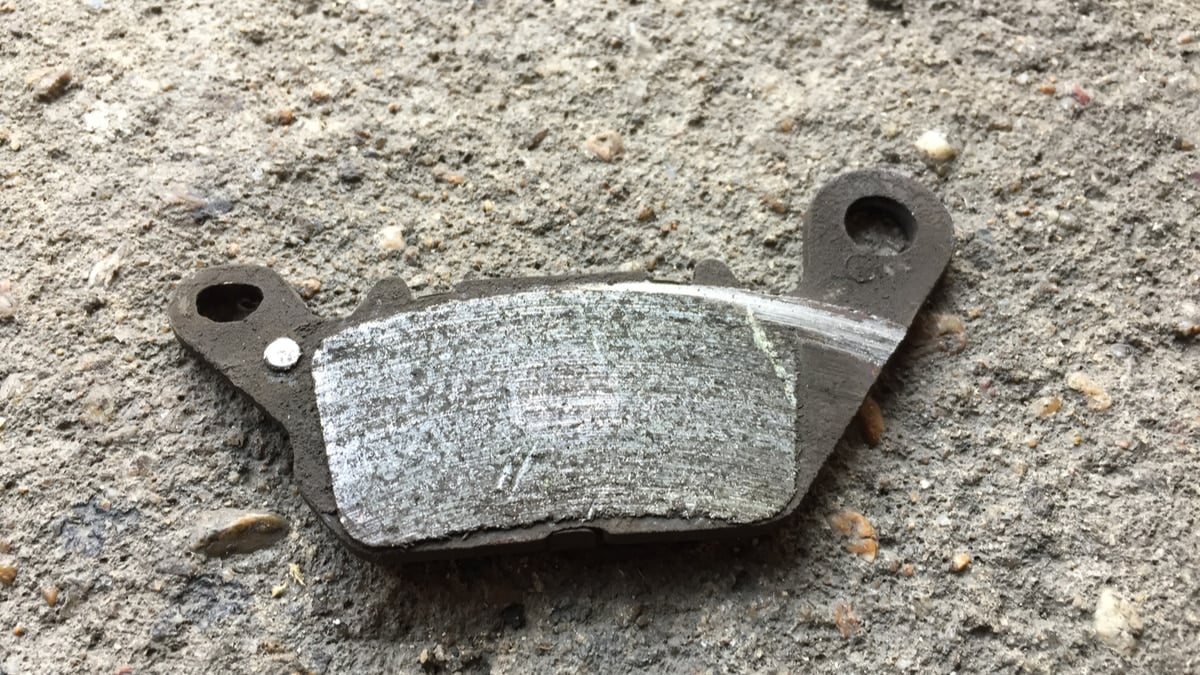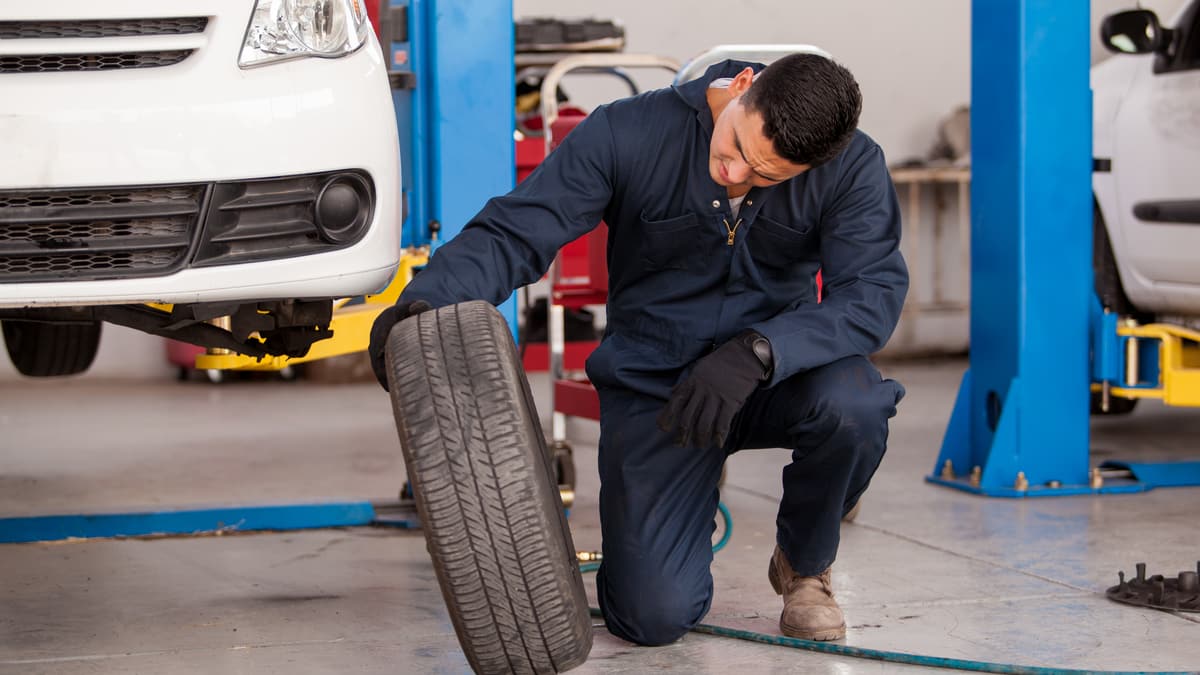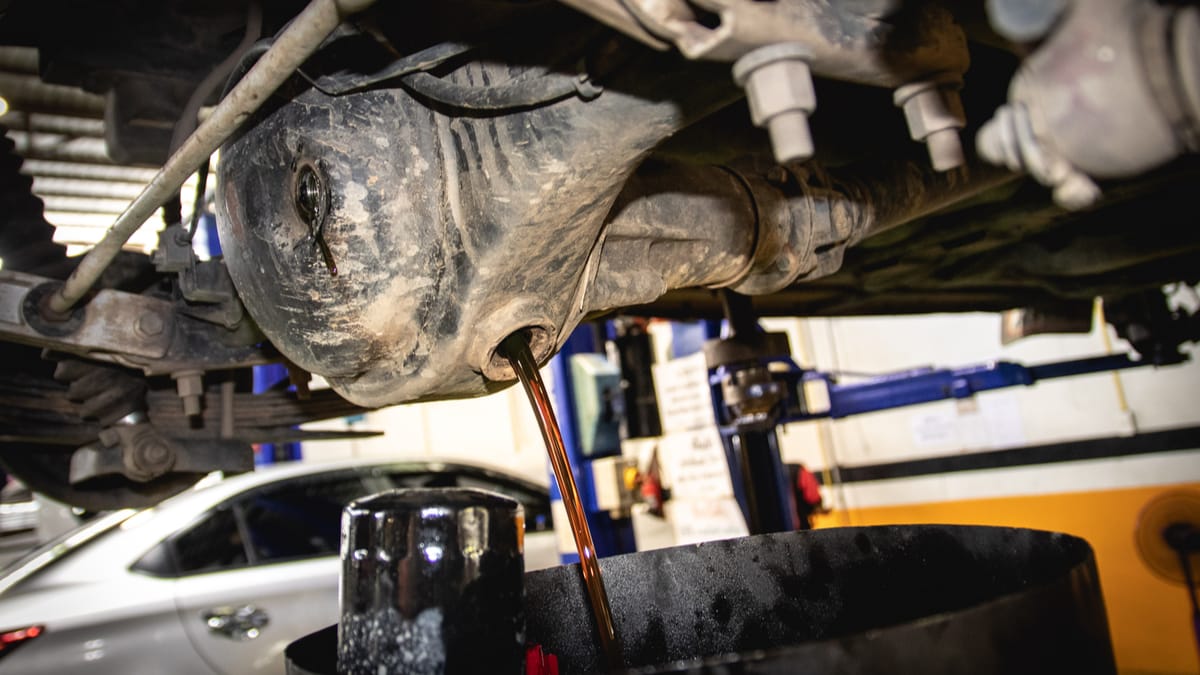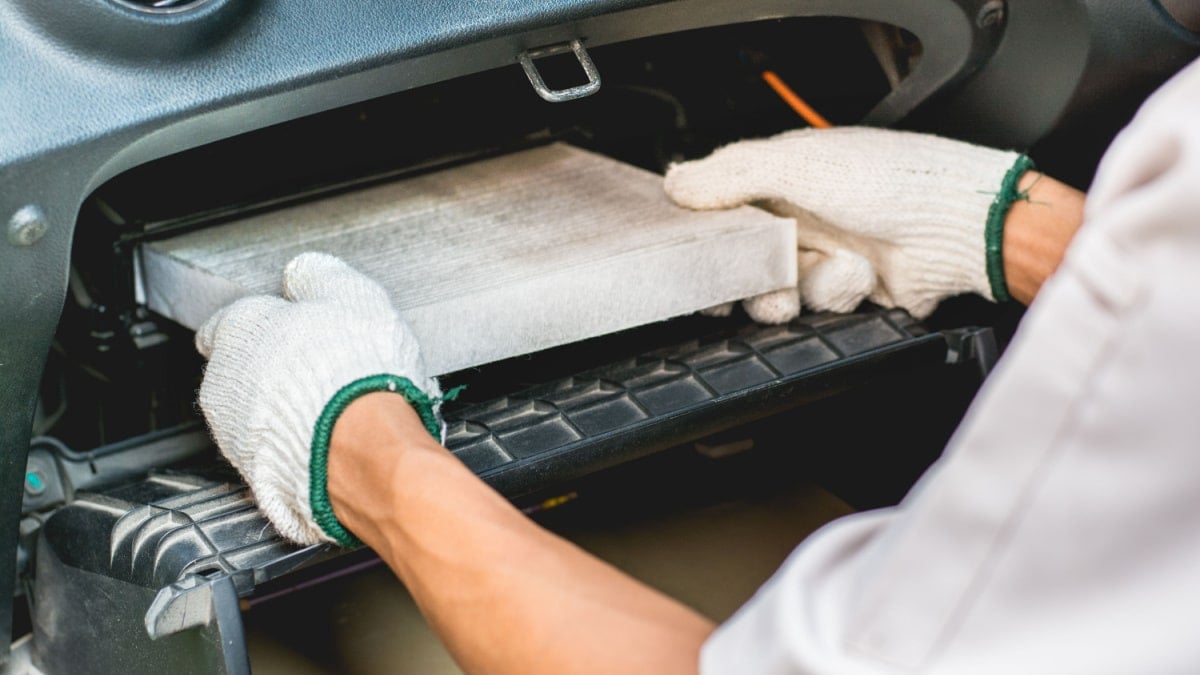There are several car maintenance tasks that need to be regularly performed to ensure the optimal health of the vehicle’s engine. One of these critical tasks is the engine air filter replacement. How often should you replace the engine air filter and what are some signs it needs to be done?
In this guide, we examine all of your top questions. We also look at the engine air filter vs. the cabin air filter and show you how to perform this simple task yourself.
How Often Should You Change the Engine Air Filter?
You should usually change the engine air filter every 15,000 to 45,000 miles, but it depends on what vehicle you drive and the typical driving conditions. You can find the appropriate interval for your car in your owner’s manual or by calling a local dealership for guidance.
Older cars tend to require more frequent engine air filter changes than newer cars. Additionally, if you are hard on the engine because you do a lot of towing or climbing steep inclines, you might need one more frequently. The engine air filter can also require more changes if you drive down dirt or dusty roads often.
What is the Engine Air Filter?
The engine air filter is found inside the housing in the front of the engine compartment. Typically, it is rectangular-shaped and it contains pleats that trap debris, bugs and dirt before they reach the engine. As air is sucked into the engine, it first travels through this filter to ensure there are no contaminants getting into the motor.
If the motor were exposed to air that wasn’t filtered, it could cause damage. In a small amount, dust might not cause a problem, but as it builds up, it becomes abrasive to the internal components. For the cost of replacing an engine air filter, it doesn’t make sense to avoid this simple maintenance task, especially when you consider what it costs to get a new engine.
Signs Engine Air Filter Needs to Be Changed
1. Check Engine Light
When the Check Engine Light comes on, it can mean any number of things, but needed maintenance is a probable cause. If the filter is blocked, it could create problems that trigger the warning light.
That’s why it’s important to have a good engine code scanner. When the Check Engine Light comes on, you can quickly check the DTCs to see what’s causing the problem. If it’s something that could be repaired by changing the air filter, go ahead and do that first.
READ MORE: 6 Symptoms of a Dirty Air Filter (& Replacement Cost)
2. Lack of Acceleration
When the filter becomes dirty and clogged, you will notice performance issues. As air tries to get sucked into the engine, there will be hesitation.
You will notice this most when you try to push on the accelerator. There could be a delay in power or the overall amount of power might seem weaker. The trouble is that this problem generally appears over time, making it difficult to recognize.
3. Poor Fuel Economy
When the engine can’t run as it should, it’s going to use more fuel. This costs you money every time you fill up the tank.
Again, you might notice the fuel economy dropping slowly over time as the problem continues to get worse. If you are keeping track of it, you will notice changes sooner.
4. Dirty/Dark Appearance
A visual inspection of the engine air filter will help you determine what shape it is in. If you pull out the engine air filter and it looks white or grey, everything is normal and there’s nothing to worry about.
However, if the filter looks contaminated with black debris, it’s time to put a new one in. You can perform a visual inspection of the engine air filter during regular intervals to see if it needs to be changed or not.
5. Black Exhaust Smoke
Your car engine requires a specific amount of air to properly mix with the fuel entering the motor. This is a delicate balance that can only occur correctly when the air filter is in good shape.
When more fuel is being added without the right amount of air, the engine starts to run rich. This condition causes a dark black smoke to pour out of the exhaust pipe. However, other issues with the air-fuel ratio can also cause this problem to occur, but the cheapest solution is to replace the air filter first.
How To Replace the Engine Air Filter In Your Car
1. Locate the Engine Air Filter
In most cars, it’s easy to find the engine air filter. Pop open the hood and look for the air filter housing, which is typically black.
This plastic box will normally sit on the engine’s top or to its side. You will also notice a large hose coming out of the box.
2. Remove the Dirty Air Filter
Take note of how the housing is secured. In some cases, no tools will be necessary to open the box. However, there’s always the chance that clips, screws, clamps or nuts are used to secure the top. If so, you will need the appropriate tools to get inside. You must also place this hardware in a safe location so you don’t lose it during the replacement.
Once you get the housing open, you are ready to remove the old air filter. Carefully take it out so that debris and dust don’t fly away. You can wrap up the filter in a shop rag and dispose of it properly. You should also take a clean shop rag and wipe down the inside of the filter housing to ensure the new filter doesn’t get contaminated.
3. Install a New Air Filter
Put your new engine air filter back into the housing the same way the first one was seated. You will want to have the rubber rim of the filter facing upwards (depends on car model). The air filter should fit snug inside the compartment. You don’t want it wiggling or vibrating around inside the box.
Close the housing up and secure it back in place. Use the fasteners that you took off earlier to ensure everything looks as it did originally. If you are missing any hardware, make sure you get the right type for a secure fit.
RELATED: 10 Best Engine Air Filters for Cars – Review & Buyer’s Guide
4. Test Drive the Vehicle
It’s time to test out your hard work. Take the car for a drive to see if the conditions have improved.
If the Check Engine Light was previously on, use your code reader to erase the DTCs. During a test drive, the light should remain off if you have resolved the issues. If not, there could be something else wrong.
Engine Air Filter vs. Cabin Air Filter
Both the engine and cabin air filter are responsible for filtering out contaminants but for different purposes. The engine air filter keeps the contaminants out of the motor, while the cabin air filter cleans the atmosphere inside the car’s cabin.
You could change the cabin air filter at the same time you put in a new engine filter. In fact, it’s even cheaper to perform this task and usually much easier.
RELATED: 5 Symptoms of a Bad Cabin Air Filter (& Replacement Cost)
Categories: Maintenance
